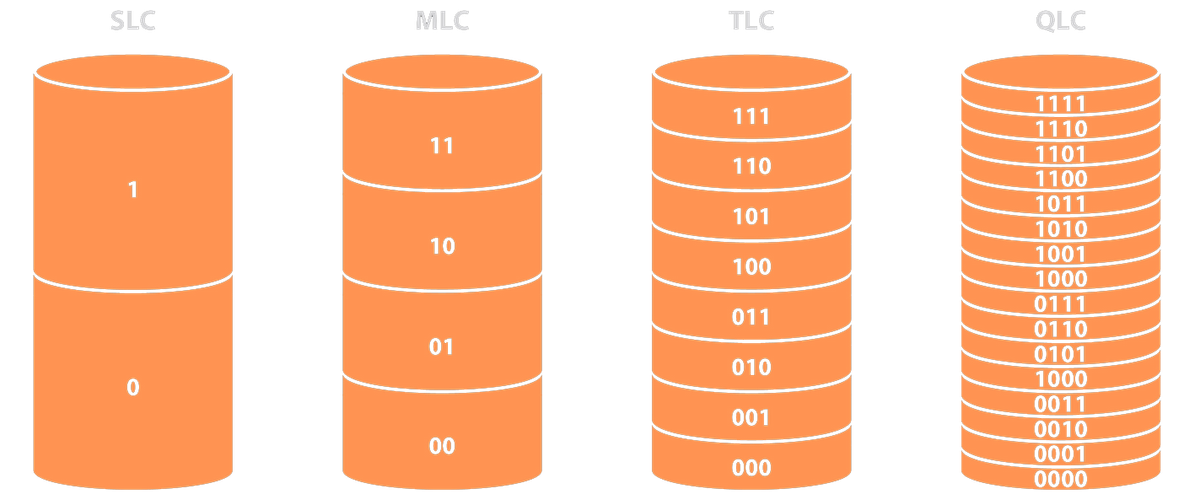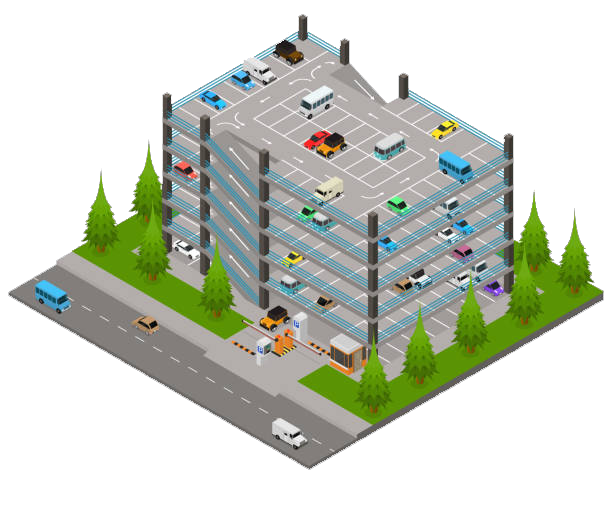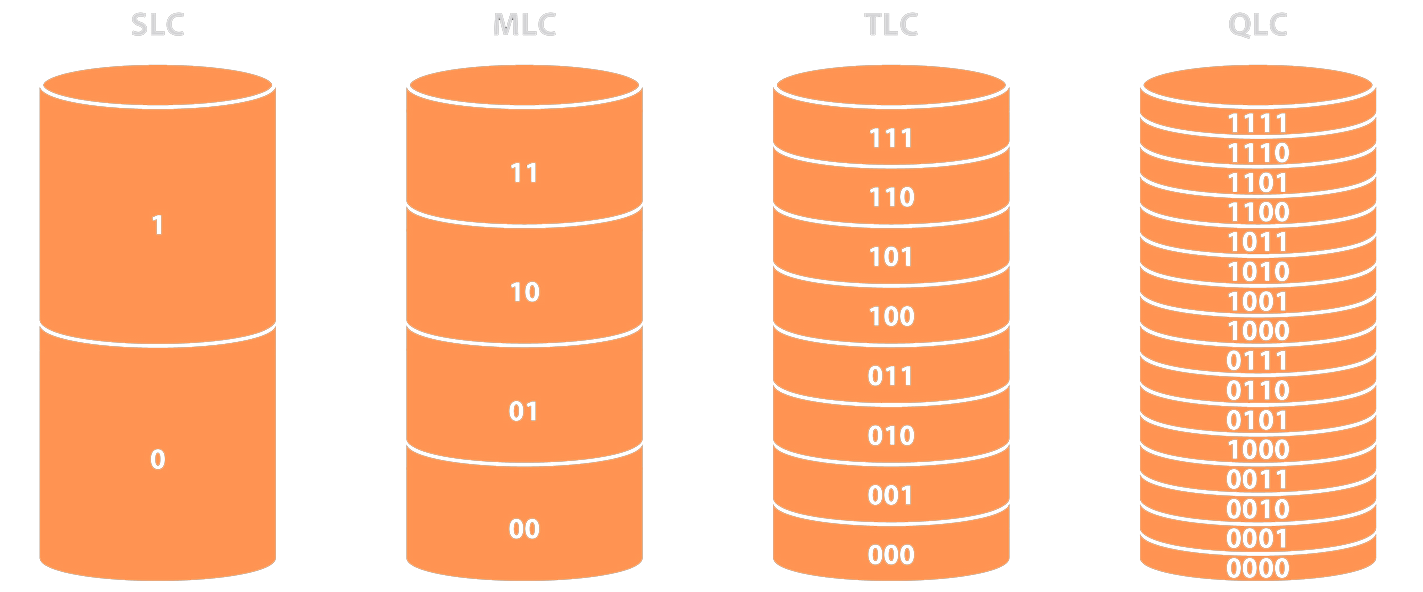The Rise of 3D NAND

Mid-Range Consumer Level: The Rise of 3D NAND
As production technologies advanced, the physical form factor of NAND flash became increasingly compact. Eventually, 2D planar NAND reached its density limits. To overcome this, manufacturers began using 3D stacking to expand capacity. However, this innovation introduced several challenges related to data retention, drive reliability, and overall performance.
Thankfully, manufacturers responded with advanced flash management techniques, including sophisticated firmware design and controller programming, which allowed them to address these issues. The result: increased performance, new features, and consistent affordability of modern flash-based products.

Advanced Technologies in Modern 3D NAND SSDs
The latest 3D NAND SSDs from named manufacturers include a variety of features designed to enhance both performance and reliability:
- SLC Caching: Improves read/write speeds and prolongs lifespan.
- RAID Engine: Protects data and improves drive stability.
- LDPC (Low-Density Parity Check): Detects and corrects bit errors during data transmission.
These technologies are critical for storage solutions used in AIoT (Artificial Intelligence of Things) applications, where performance and longevity are key.
Higher Storage Density
Modern 112-layer 3D NAND flash offers significantly improved storage density. This is achieved by:
- Vertically stacking more layers of memory cells (e.g., from 96 to 112 layers).
- Increasing the horizontal packing of cells per chip.

This leads to a 50% increase in wafer-level density and a doubling of per-chip density, from 512 Gb in BiCS4 to 1 Tb. The result is higher capacity and lower cost-per-bit, enabling businesses to access large storage volumes at competitive pricing.
In addition to increased capacity, this technology also provides improved I/O performance. With 112-layer flash used in PCIe Gen 4x4 SSDs, throughput is boosted by 50% compared to the previous generation. This makes them ideal for 5G, automotive, AIoT, and cloud computing applications that demand high speeds and low latency.
Tags: #hardware #nand




